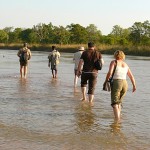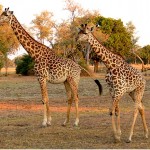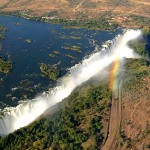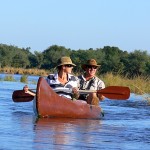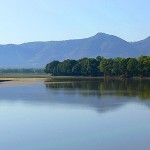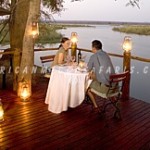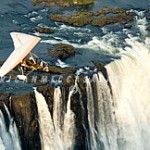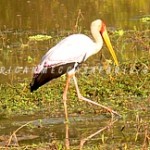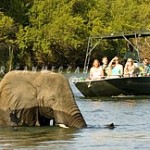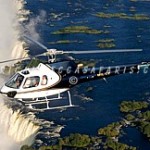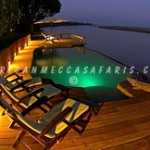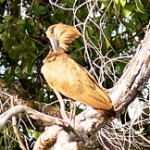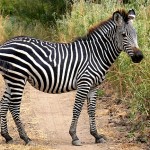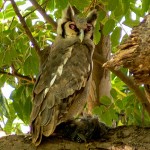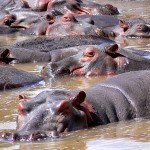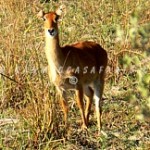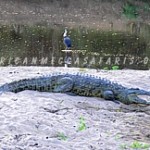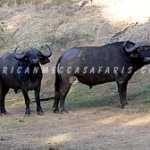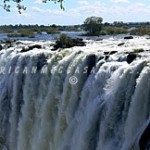Understand Safari Tier Ratings & Experiences In Zambia | Why Visit Zambia For Your Safari Vacation Or Holidays In Africa
LAKE TANGANYIKA IN ZAMBIA
This vast inland sea was first made known to the European world in the mid 1800’s by the English explorers Richard Burton and John Speke. They pursued it as the source of the Nile, arriving at its shores in February of 1858, only to discover that the Ruzizi River in the north, which they thought to be the Nile, flowed into and not out of the lake. Although Zambia can only lay claim to 7% of its surface area, it stretches north to south a distance of 677 kilometers (420 miles) and averages about fifty kilometers wide (31 miles). The clear waters host more than 350 different species of fish and is well known for aquarium fish exports and excellent angling. The fertile circulating surface water, although not tidal, provides abundant plankton for its inhabitants which in turn provides much needed protein for both the local and export markets. The stiff winds that blow off the surrounding mountains aid the continual movement which inhibits the spread of bilharzia, the parasitic disease carried by shallow water snails.
It is essentially a landlocked sea but in years of heavy rain the lake overflows into the Lukuga River which in turn feeds Congo DR’s Lualaba River. Despite the ferocious surface storms that occur, driving waves up to six meters high (20 foot), no mixing of the lower relict waters occur. The bottom 1 200 meters of the lake remain ‘dead’ – either too high in hydrogen sulphide or too low in oxygen to support life. This ‘fossil water’ may be as old as 20 million years. By contrast, the oceans, because of currents and upwelling have life forms even as low as 11000 meters (36 080 feet). Lake Tanganyika boasts over 350 species of fish of which most are endemic. Like Lake Malawi, Lake Tanganyika is extremely old, and the combination of its age and ecological isolation has led to the evolution of unique fish populations. Since new species are being discovered continually in these remarkable lakes, it is difficult to determine which has the highest diversity, but they at least share the distinction of being the top two lakes in the world in terms of biodiversity, whilst Lake Tanganyika has the highest proportion of endemicity, concentrated mainly in the Zambian waters of the lake.

